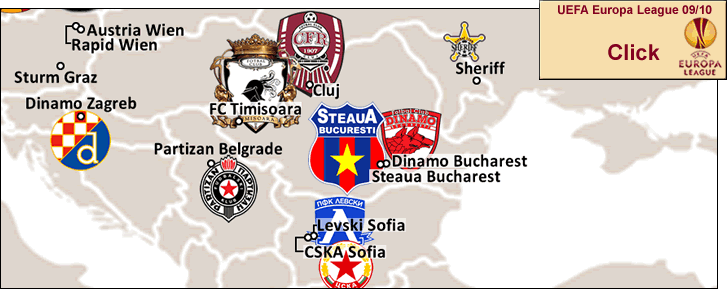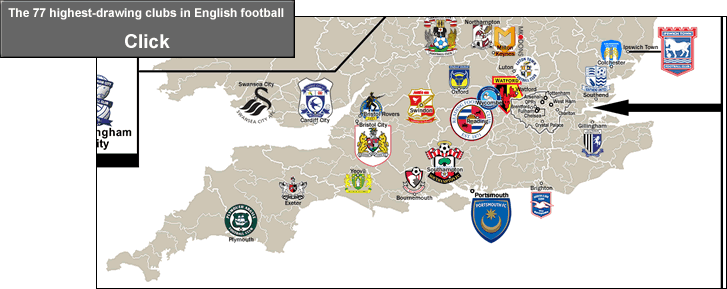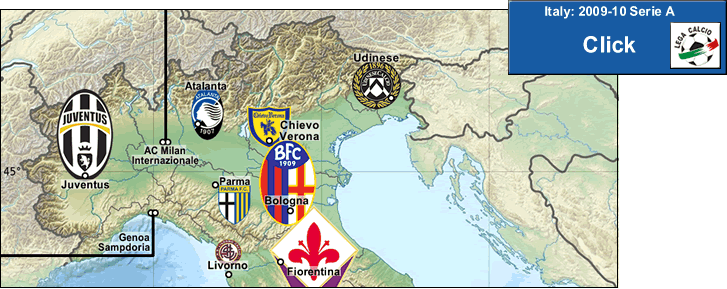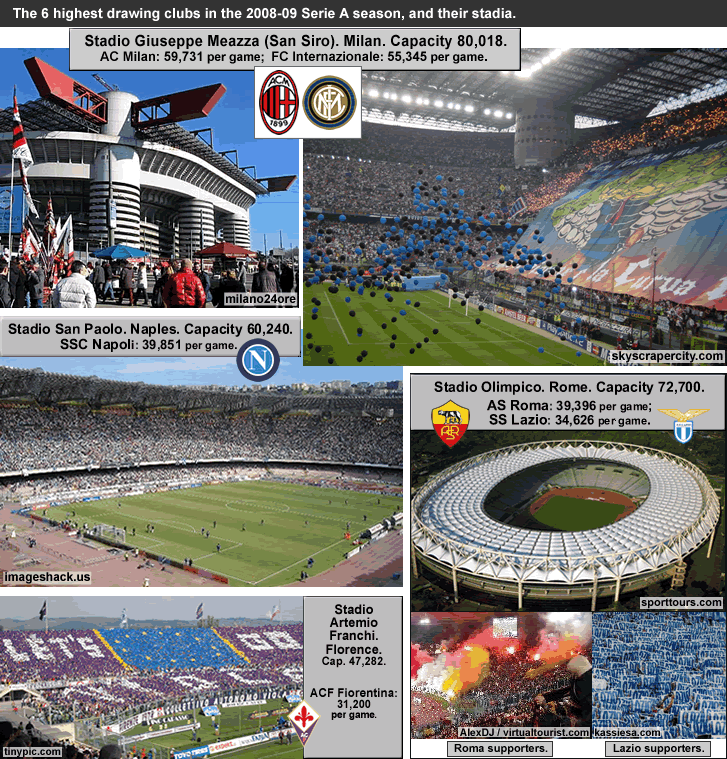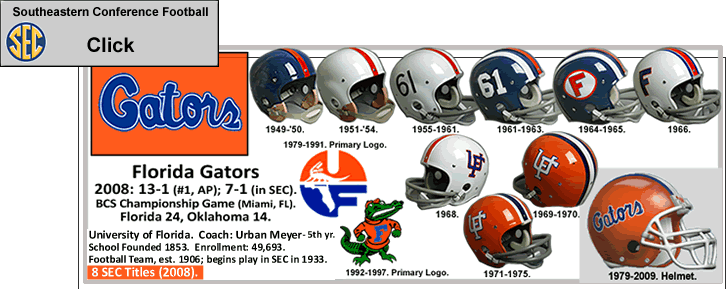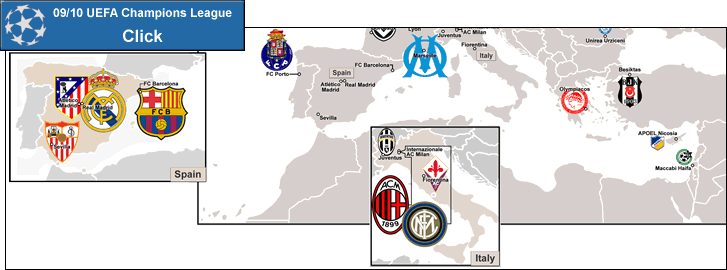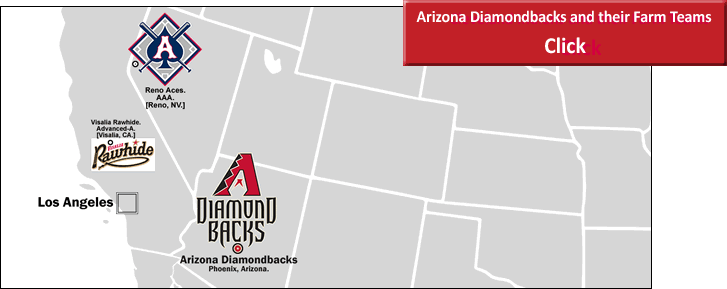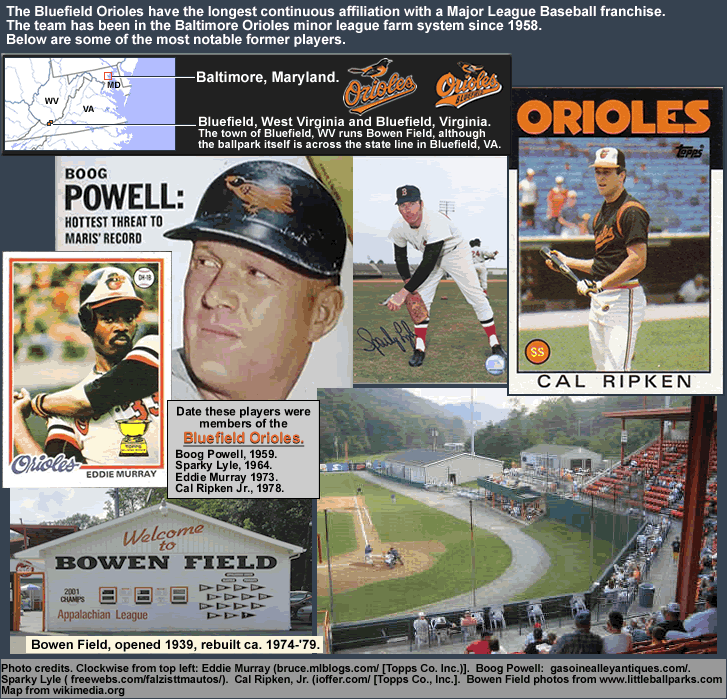
…
…
The first map shows all 36 teams in the three top rugby leagues of Great Britain and Ireland. The maps for Super League XIV, Guinness Premiership 2009-10, and Magners League 2009-10 are further down in the post.
Two of the three leagues shown on the map use the older Rugby Union code. Super League uses the newer Rugby League rules.
The Rugby Union code dates back to 1870 {see this}. The Rugby League code has its roots in the Great Schism, and the formation of the Northern Rugby Football Union in 1895 {see this: ‘The Great Schism’ (from RugbyFootballHistory.com)}; {see this: ‘History of rugby league’, from en.wikipedia.org}.}.
In the late nineteenth century, the working class status of the majority of rugby players in the north of England necessitated an establishment of payment for the players (as well as compensation for injuries). The origins of many of the rugby players in the south of England were middle class and upper class, and many learned the game at the Public Schools (which were then and still are essentially private schools for the privileged). So there was less a need for player payment. The Rugby League / Rugby Union split can traced to this Victorian era class divide…in the north, poor working-class men playing the game, in the south, Public School graduates with little pressing need for salary augmentation, playing the game under the principles of amateurism.
In 1892, charges of professionalism were made against rugby clubs in Yorkshire, specifically in Leeds and Bradford. By 1893, widespread suspensions of northern clubs and players began. In late August, 1895, in a meeting in Manchester, nine Lancashire clubs declared their support for their Yorkshire colleagues. Two days later, 29th August, 1895, representatives of 22 clubs met in Huddersfield, Yorkshire to form the Northern Rugby Football League. Included in these 22 clubs were 7 clubs that are currently in Super League XIV…Huddersfield, Hull FC, Leeds, St Helens, Wakefield Trinity, Warrington, and Wigan.
-
Rugby Union is more plodding, and utilizes scrums to restart the run of play {see this, ‘Playing rugby union’}. Rugby League is faster and more wide-open {see this: ‘Rugby League’}. But Rugby League is the dominant game in just two areas of the world…in a swath of north-central England, and in Australia.
Rugby League Code: Super League…

Click on the following title for Super League XIV map: rugby_super-league-xiv___.gif
The parts of northern England where Rugby League is the dominant code are in a band which stretches from Merseyside, through Cheshire, Greater Manchester, and east across the Pennine Chain to West Yorkshire, and the East Riding of Yorkshire, centered on Hull. 11 of the 14 current teams in Super League are from this Rugby League-intensive swath of England. In this swath there is 1 team from Merseyside, just east of Liverpool (St Helens); [Editors note ca. 2014: now 2 teams currently from Cheshire incl. the re-instated Widnes Vikings] 1 team from Cheshire (Warrington Wolves); 2 teams from Greater Manchester (Wigan Warriors and Salford City); 5 teams from West Yorkshire (Huddersfield Giants, Bradford Bulls, Leeds Rhinos, Wakefield Trinity Wildcats, and Castleford Tigers); and 2 teams from Kingston upon Hull (Hull FC, and Hull Kingston Rovers).
There is one other team in Super League from England: Harlequins RL, who are based in west London. Although it had separate origins, since 2005 Harlequins RL has been a branch of the Rugby Union/ Guinness Premiership team Harlequins FC. Harlequins field a team in both rugby codes (as do Super League team Leeds Rhinos, with their Rugby Union team being Leeds Carnegie).
The other two teams in Super League XIV are the Celtic Crusaders of Bridgend, south Wales, who joined Super League in 2008; and Catalans Dragons, of Perpignon, France (in the Catalonian area of southern France), who joined in 2006. [Note: Celtic Crusaders are now defunct, having been wound up in Sept. 2011.]. Super League was formed with the intention of being Europe’s top league in the Rugby League code, but having one team outside of Great Britain is as far as the league has got in that direction. The French team was originally Paris Saint-Germain RL , but thar poorly supported club went under in 1997.
In 2005, Super League replaced promotion/relegation with Licensing {see this}. There is a brief description of Super League Licenses on the map, in the sidebar. Super League features a February to September playing season, unlike the traditional late summer/ fall/ winter/ early spring rugby season.
The highest drawing teams in Super League are Leeds Rhinos, who averaged 15,113 per game in 2008; Hull FC (14,390 per game); Wigan Warriors (14,149 per game); and St Helens (12,796 per game). As a whole, Super League XIII averaged 9,082 per game. Here is the list of attendances that I used {click here (FootballGroundGuide.com Message Board thread, posted by frequent contributor Stadiumitis?)}
Super League has a large play-off format, with 8 teams qualifying each season . This system has been in place since 1998 {see this}, and culminates each season in the Grand Final.
Only four teams have won Grand Final Titles…St Helens 4 times; Leeds Rhinos and Bradford Bulls 3 times; and Wigan Warriors once, in the first final in 1998. Leeds Rhinos were 2008 champions.
For the full list of Rugby League Champions (1895-’96 to 2008), {click here}.
http://www.superleague.co.uk/
For the 2009 Super League table {click here}.
For new expanded Super League play-off structure {click here (Sky Sports broadcast report from March, 2009}.
-
Rugby Union Code: Guinness Premiership…
Click on the following title for Guinness Premierhip 2009-10 map: rugby_guinness-premiership2009-10_1.gif
The Guinness Premiership is strictly an English affair. Its roots are in the English Rugby Football Union’s decision in the early 1970′s to finally sanction a knock-out cup (which is now known as the Anglo-Welsh Cup {see this}. The pro game in England had been held back by the organizers fear that ‘dirty play’ would ensue if leagues were organized within English Rugby Union. By the mid-1980′s , national merit tables came into being (this being the first time Rugby Union teams’ success was quantifiably measured). In 1987, the Courage Leagues were formed. This was a pyramid system involving 108 leagues and over 1,000 teams. In 1994, Sky Sports started broadcasting games. In 1996, professional status began with the debut of the Rugby Union Premiership. In 2002-03, the champion was now determined by the Playoffs winner, instead of first place in the final league table. That season the title went to London Wasps, while Bath was winner of the now-secondary league table. Those two teams, London Wasps and Bath Rugby, both have won 6 Premiership Titles, they are second only to Leicester Tigers who boast of 8 Premiership titles. Leicester also draws very well, averaging around 17,000 per game. The only other teams with titles are Newcastle Falcons and Sale Sharks, both with 1 championship season. Incidentally, Sale Sharks are the lone Rugby Union team in the Rugby League region of north-central England. Gloucester has won the league table 3 times. Reigning champions are Leicester Tigers.
The Guinness Premiership has relegation and promotion, with last place being sent down to the Guinness Championship (formerly National Division One). It is the only one of these 3 leagues that has promotion/relegation in the strict sense. Leeds Carnegie have been promoted for the 2009-10 Guinness Premiership, upplanting the relegated Bristol Rugby.
The Guinness Premiership draws the highest crowds of the 3 leagues, averaging 10,876 per game in the 2008-’09 season. Highest drawing teams in 2008-09 were Leicester Tigers (17,210 per game); Gloucester (14,215 per game); Northampton Saints (13,250 per game); Harlequins RFC (11,774 per game); and London Irish, of Reading (11,384 per game). Five teams drew between 9,100 and 10,600 per game…Bath Rugby; Worcester Warriors; Saracens,of Watford; London Wasps, of Wycombe; and Sale Sharks, of Stockport, Greater Manchester.
Guinness Premiership 2009-2010 season starts 4th September, fixtures {click here (Official site)}
-
Rugby Union Code: Magners League…
Click on the following title for Magners League map: rugby_magners-league09-10.gif
The Magners League is the top flight rugby league of Wales, Scotland, Ireland, and Northern Ireland. Its roots are in the old Welsh Premier Division. In 1999, Scottish teams joined, and in 2001, Irish and Northern Irish teams joined, inaugurating the Celtic League. After a shake-up in early 2003, involving the demise of some of the Welsh teams, it was decided that the Celtic League would become the sole professional league in Wales, Scotland, Ireland, Northern Ireland. [The Welsh Premier Division is now a developmental league, see this.]. In 2006, for sponsorship reasons, the Celtic League became known officially as the Magners League.
Munster and Leinster have won the title twice; Ospreys, Llanelli, and Ulster have one title each. Munster Rugby are reigning champions. Munster also drew highest of all teams, not just in the Magners League, but versus teams from the other two leagues as well. Munster plays in two locations: in Cork, and in Limerick. They averaged 17,401 per game in 08/09. Leinster also drew well, second highest in the Magners League and fifth best overall, at 14,728. The next highest drawing Magners League team last season was Ulster, of Belfast, Northern Ireland, who drew 9,085 per game. Next in order came the four Welsh teams… Cardiff Blues (8,673 per game); Ospreys, of Swansea (8,405 per game); Scarlets, of Llanelli (7,293); and Newport Gwent Dragons (6,089). The 2 Scottish teams only drew in the 4,000-range; and the lowest drawing club of all was Connacht, of Galway, Ireland, ho drew only 1,989 per game, lower than 10 teams in lower-division leagues. There is a Magners League sidebar at the lower left of the map.
Magners League 2009-2010 season starts 4th September, fixtures {click here}.
-
Lower Leagues
The highest drawing non-top-flight team in 08/9 was Exeter Chiefs, of National Division 1 (that league will be called the Guinness Championship in September 2009). Exeter drew 4,599 per game in 08/09, higher than 2 Super League and 2 Magners League teams. Next highest, at 4,006 per game, was Widnes Vikings, of Cheshire, a team in the second tier of Rugby League, which is called the Co-Operative Championship {see this map of the teams in the Co-operative Championship…again, ote the concentration of teams in the Rugby League-oriented north of England} [note: Widnes Vikings joined Super League in 2012.].
-
Thanks to Football Grounds Guide Message Board, and contributor ‘Stadiumitis?’ {click here}. Football Grounds Guide home {click here}.
Thanks to James at The Rugby Blog {click here}, for input and information.
Thanks to Steven Bond at Plover.net {‘Rugby League vs. Rugby Union’, click here}.
Thanks to Suite101 site, and this thread {click here: ‘Rugby Union versus Rugby League’, by Stuart Duncan}.
Thanks to the contributors to the pages at Wikimedia {click here for Super League XIV page; click here for Guinness Premiership page; click here for Magners League page}.
